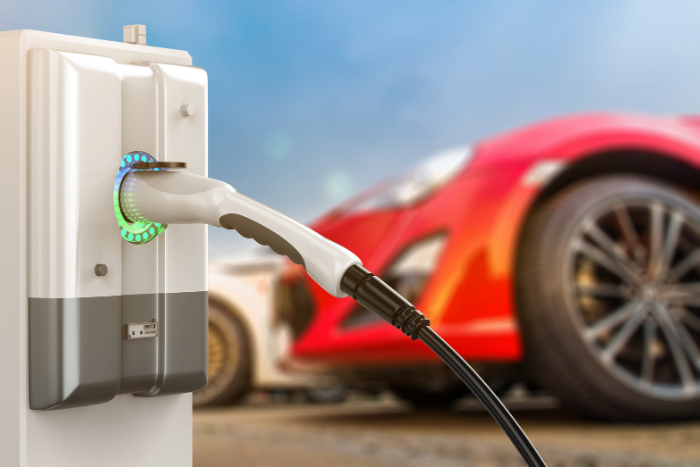Exicom, an electric vehicle (EV) charger manufacturer, launched what it claims is India’s fastest DC charger with a range of connector options and power outputs from 60 kW to 400 kW, PV Magazine reported. The DC Fast charger, called the Harmony Gen 1.5, can be swapped and expanded. And the available power can be shared to charge multiple vehicles simultaneously.
The outlet reported that the charger is equipped with an artificial intelligence (AI)-driven remote management system, integrated ambient lighting, and many features focusing on improving the customer charging experience. The integrated cable management system makes it easier to handle heavy charging guns, while integrated ambient lighting helps to light up dark places and show status from a greater distance.
Hyundai Motor Group shifts gears, plans hybrid cars for India
As part of a strategic change to expand beyond electric vehicles and strengthen its position in a significant market, Hyundai Motor Group, a South Korean automaker, intends to introduce its first hybrid automobile in India as early as 2026, Reuters reported. The consortium, which includes Hyundai Motor and Kia Corp, is now testing a hybrid sport-utility vehicle (SUV) that will resemble its best-selling mid-sized Creta SUV in India. In 2026 or 2027, Hyundai, the second-biggest automaker in India, and Kia plan to introduce hybrid SUVs to the market. Their ambitions for EVs in India were likewise on schedule. Hyundai Motor Group said it was “committed to a future of electrified mobility and will optimise product strategies for each market” in a statement provided to Reuters. Hyundai is moving away from its initial strategy of concentrating primarily on battery-driven electric vehicles to hybrids that combine an electric motor and petrol powertrain due to a spike in sales of the hybrid technology in India.
Sixfold increase in global energy storage capacity to enable the world to meet 2030 targets: IEA report
The International Energy Agency (IEA) stated in its first evaluation of the state of play across the whole battery ecosystem that batteries must drive a sixfold growth in global energy storage capacity to enable the world to fulfil 2030 ambitions, after deployment in the power sector more than doubled last year. The report stated in 2023, battery growth surpassed that of nearly all other renewable energy technologies due to declining costs, more innovation, and favourable industrial policies.
Utility-scale battery projects, behind-the-meter batteries, mini grids, and solar household systems all saw rapid development that increased the global capacity of battery storage to 42 GW, an increase of more than 130% year over year. With 14 million new electric automobiles, the deployment of EV batteries climbed by 40% in 2023, making up the great bulk of batteries used in the energy industry. In spite of the fact that lithium-ion batteries are still used in billions of personal gadgets worldwide, the energy industry currently supplies more than 90% of the world’s yearly demand for these batteries, according to the report. One of the fastest price drops in the history of clean energy technology has occurred for batteries, with a 90% decrease in less than 15 years. However, the report noted that costs need to come down further without compromising quality and technology to globally scale up batteries.
Testing for offshore hydrogen begins with the integration of three offshore energy systems
Onshore testing for the PosHYdon pilot project has begun for the first time at InVesta’s facilities in Alkmaar, Netherlands. PosHYdon aims to integrate three energy systems in the Dutch North Sea: offshore wind, offshore gas, and offshore hydrogen. The electrolyser will be moved offshore to the Q13a-A platform, 13 km off the coast of Scheveningen, The Hague, after the onshore testing phase. In the fourth quarter of 2024, the first hydrogen production offshore is anticipated. Hydrogen will be transported to land with gas via an existing pipeline. The facility has the ability to electrolyse saltwater to produce hydrogen by demineralising it.
Record power efficiency achieved for solar cell
Chinese solar module manufacturer LONGi Green Energy Technology Co. has achieved a 27.30% power conversion efficiency for heterojunction back-contact (HBC) solar cells. Under laboratory settings, LONGi’s new silicon HBC solar cells have obtained this efficiency, which has been certified by Germany’s Institute for Solar Energy Research Hamelin (ISFH). The previous world record, which stood at 27.09%, was set by Longi itself at the end of the previous year. At the time, Longi claimed that a novel laser graphics technique that is less expensive than traditional, high-cost photolithography methods was responsible for the outcome.

